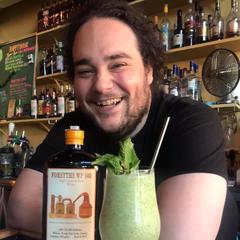-
Welcome to the eG Forums, a service of the eGullet Society for Culinary Arts & Letters. The Society is a 501(c)3 not-for-profit organization dedicated to the advancement of the culinary arts. These advertising-free forums are provided free of charge through donations from Society members. Anyone may read the forums, but to post you must create a free account.
eG Foodblog: Hassouni (2012) - Beirut and beyond
-
Similar Content
-
- 163 replies
- 41,308 views
-
- 25 replies
- 9,747 views
-
- 29 replies
- 7,995 views
-
- 28 replies
- 13,366 views
-
- 577 replies
- 177,548 views
-
-
Recently Browsing 0 members
- No registered users viewing this page.







Recommended Posts